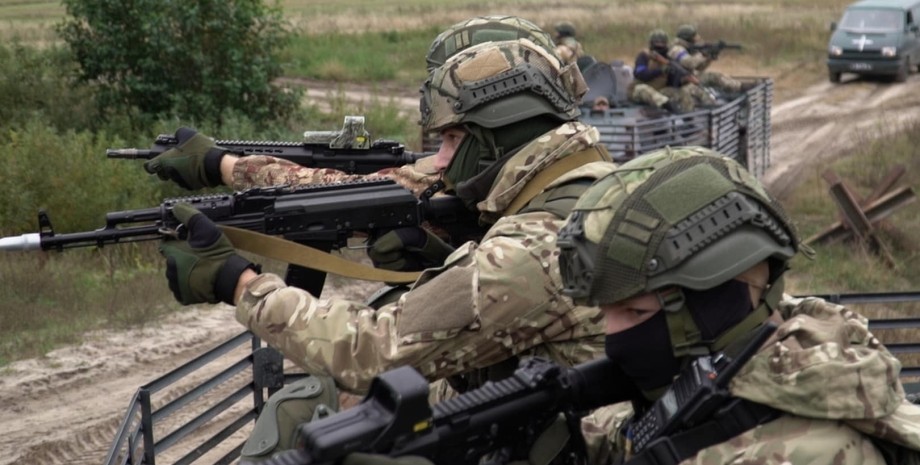
 By Natali Moss
By Natali Moss
Grossberg noted that the Armed Forces are now in the previous stage of the offensive operation, which aims to identify vulnerable places in Russian defense. "It is obvious that the initiative is in the hands of the Armed Forces, so they choose the time, place and methods of attack on hostile units, based on their offensive opportunities," Grossberg explained. The Intelligence Head noted that from a military point of view there was no reason to claim that the Ukrainian offensive is "delayed".
"Russia has spent nine months on the creation of defense fortifications . . . According to a well -known doctrine, for a successful offensive in such a situation it is necessary to have a numerical advantage three times both in personnel and weapons. Unfortunately, Ukrainians now have no advantage. The strength is about each other, "he added.
In this regard, Grosberg noted that the Ukrainian military is approaching the offensive more methodically, cautiously and calmly, so as not to get out of unnecessary risk. In his opinion, in the next few days it is not necessary to expect to activate the onset of the APU. Grossberg said that Ukraine also monitors Russia's actions, which include recent movements in the direction of Bakhmut's frontline city and in the area of the Great Novosilka Donetsk region.
In particular, units were transferred from the Kherson region, which disappeared after the blast of the Dams of the Kakhovka hydroelectric power station. Grossberg added that the Russians began to use helicopters and battle aircraft more often, and in the southern direction is much closer to the front line than before. According to him, the Russian forces also conducted mainly unsuccessful ground attacks, especially in the districts of Kupyansk, Kharkiv region and Svatov Luhansk region.










All rights reserved IN-Ukraine.info - 2022